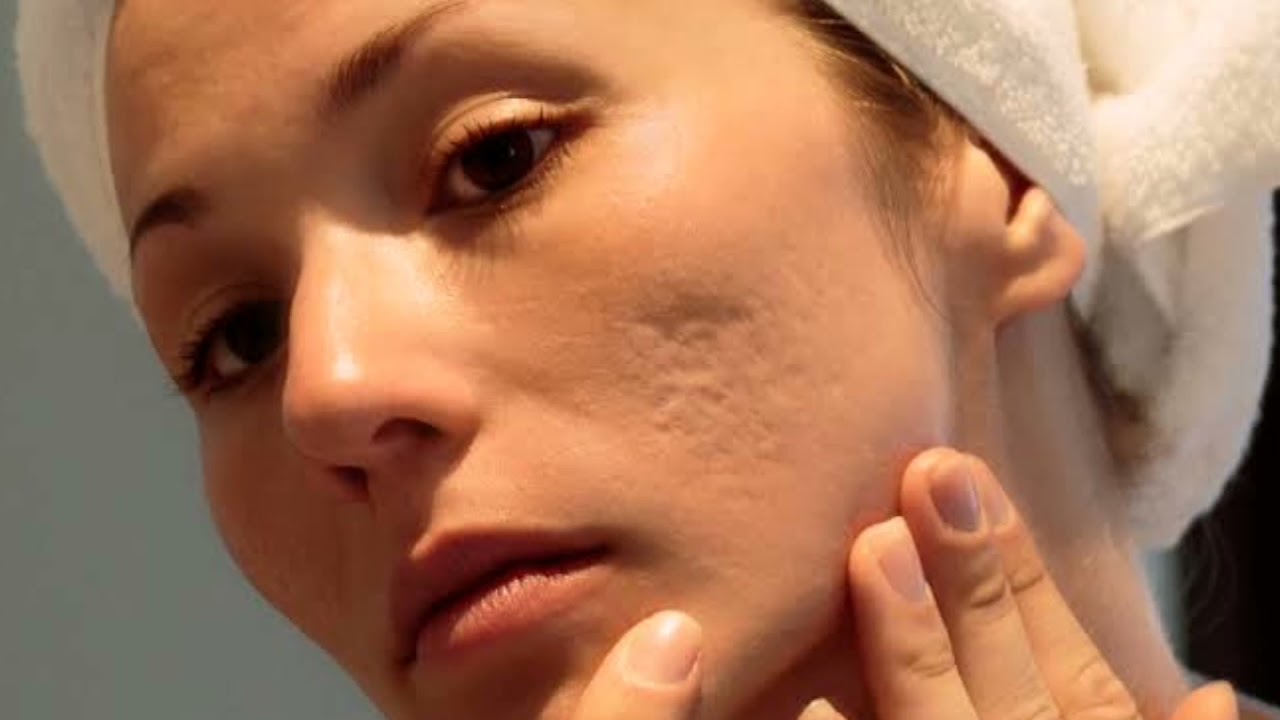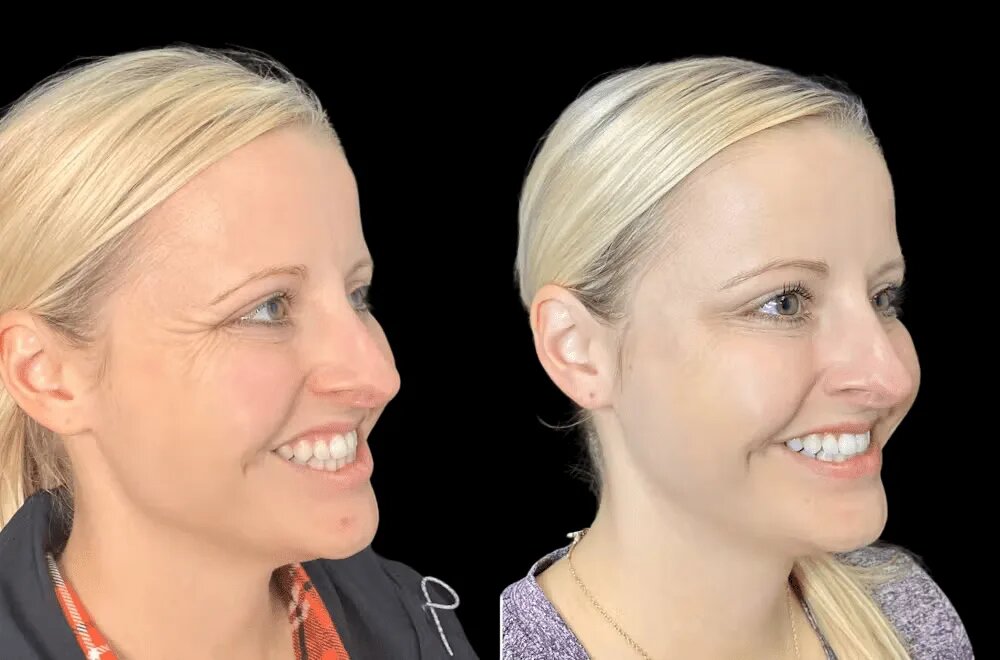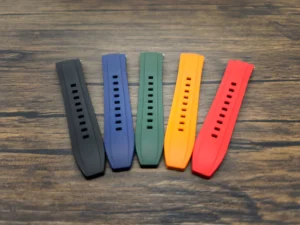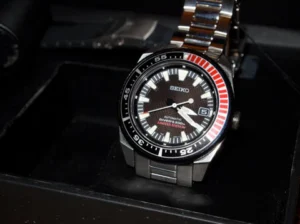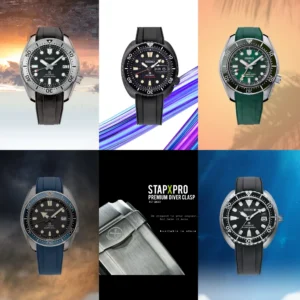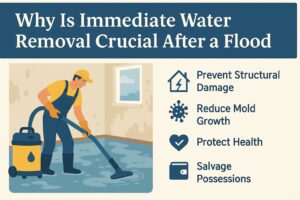Clinical vs. Cosmetic Approaches for Acne Scars in Islamabad
Acne scars can have a lasting impact on both your appearance and self-confidence. In Islamabad, individuals have access to a wide variety of treatment options that range from high-tech clinical interventions to aesthetic cosmetic procedures. If you’re seeking professional care for your skin, the first step is understanding which route suits your condition best. Whether you’re leaning towards medical expertise or luxury skincare experiences, this guide will help you make an informed decision regarding your options for Acne Scars Treatment in Islamabad.
Understanding Acne Scars: Types and Triggers
Before selecting a treatment, it’s important to understand the different types of acne scars:
- Atrophic Scars: These are the most common and appear as indents or depressions on the skin. Subtypes include boxcar, ice pick, and rolling scars.
- Hypertrophic Scars: These are raised scars caused by excess collagen.
- Post-Inflammatory Hyperpigmentation (PIH): Dark spots left behind after a breakout, often confused with true scars.
Factors such as genetics, inflammation severity, and picking at acne lesions all contribute to scarring.
What Defines a Clinical Approach?
Clinical treatments are typically administered by dermatologists or medically trained professionals. These are evidence-based, FDA-approved procedures often performed in sterile clinical environments. Their effectiveness is usually backed by scientific data, and treatments are tailored to the severity and type of scarring.
Popular Clinical Acne Scar Treatments in Islamabad
1. Laser Resurfacing
Laser resurfacing, including fractional CO2 or erbium lasers, targets the deeper layers of skin to stimulate collagen production. Results include smoother texture and reduced scar depth.
2. Microneedling with PRP
This technique uses fine needles to create micro-injuries that promote healing. When combined with platelet-rich plasma (PRP), it enhances regeneration and minimizes scars effectively.
3. Subcision
A minor surgical procedure where a needle breaks fibrotic strands under the skin. It’s especially effective for rolling scars and usually requires multiple sessions.
4. Chemical Peels (Medical Grade)
Strong, medically supervised chemical peels penetrate deeper skin layers to exfoliate and promote skin renewal. These are different from lighter spa peels.
5. Dermal Fillers
For deep, atrophic scars, fillers such as hyaluronic acid are injected to raise the depressed skin to the level of surrounding tissue.
6. Steroid Injections
These are ideal for hypertrophic or keloid scars to reduce inflammation and flatten the raised areas.
Cosmetic Approaches: Where Aesthetics Meet Comfort
Cosmetic treatments often focus on overall skin tone, texture, and glow. While not always as deep-penetrating or medically aggressive as clinical options, they can be effective for mild scars and hyperpigmentation. Cosmetic professionals may include certified aestheticians, beauty therapists, or trained skin technicians.
Common Cosmetic Acne Scar Solutions
1. Mild Chemical Peels
Often fruit acid-based (like glycolic or lactic), these help remove surface-level dead skin and brighten the complexion. Useful for PIH and superficial scars.
2. Facials and Skin Polishing
Hydrafacials, oxygen facials, and diamond polishing offer exfoliation and hydration that can gradually improve minor scarring.
3. LED Light Therapy
Non-invasive, pain-free therapy using red or blue lights to promote skin healing and reduce inflammation.
4. Topical Treatments
Over-the-counter products with ingredients like retinoids, niacinamide, or vitamin C help in long-term skin renewal.
5. Microdermabrasion
This mechanical exfoliation technique smoothens skin and encourages new cell growth. However, it’s usually ineffective for deeper scars.
Key Differences: Clinical vs. Cosmetic Treatments
| Feature | Clinical Treatments | Cosmetic Treatments |
|---|---|---|
| Administered By | Dermatologists or doctors | Aestheticians or skincare professionals |
| Depth of Treatment | Targets deep layers of the skin | Mostly affects outer layer (epidermis) |
| Suitable For | Moderate to severe scarring | Mild scarring and post-acne pigmentation |
| Safety & Monitoring | Strict medical supervision | Minimal supervision, more comfort-focused |
| Results Timeline | Faster, with downtime | Gradual improvement, no downtime |
| Cost | Higher (but more permanent results) | More affordable but less intensive |
Choosing the Right Option in Islamabad
Considerations Before Making a Decision:
- Severity of Scars: For deep, atrophic scars, clinical methods are more effective. For surface discoloration, cosmetic options may suffice.
- Budget Constraints: Cosmetic treatments are often more budget-friendly.
- Time and Commitment: Some clinical procedures require downtime; if you can’t afford that, cosmetic methods may suit you better.
- Skin Type: Professional assessment is vital, as some treatments might not suit darker or more sensitive skin types.
Clinics vs. Spas: Evaluating the Providers
In Islamabad, numerous clinics and aesthetic centers offer both types of treatments. However, it’s essential to assess:
- Qualifications of Practitioners
- Cleanliness and Sterility
- Before and After Portfolio
- Patient Reviews and Testimonials
- Aftercare Support
Clinics like Dynamic Clinic Islamabad provide comprehensive consultation, medically safe treatments, and follow-up care, making them preferable for long-term acne scar solutions.
Combination Therapy: A Hybrid Approach
Many patients benefit from a blend of both approaches. For example:
- Laser treatment (clinical) followed by hydrating facials (cosmetic).
- Microneedling paired with LED therapy.
- Chemical peels alternating between clinical and spa-grade formulas.
This hybrid strategy ensures that while scars are treated deeply, overall skin health is also maintained.
Aftercare and Maintenance
Whether you choose a clinical or cosmetic solution, aftercare plays a vital role in maximizing results and preventing recurrence:
- Use broad-spectrum sunscreen daily.
- Avoid harsh exfoliants post-procedure.
- Stay hydrated and eat skin-friendly foods (rich in vitamin A, E, zinc).
- Follow your provider’s post-treatment instructions closely.
Patient Testimonials from Islamabad
Fatima, 28 (Clinical):
“I had deep acne scars for years. CO2 laser at a reputable clinic helped reduce them significantly. I combined it with PRP, and now my skin feels smooth and confident.”
Ali, 34 (Cosmetic):
“My scars were mild, and I was hesitant about medical procedures. I stuck with microdermabrasion and retinol creams under guidance—it worked slowly but surely.”
Conclusion: Making the Right Choice for You
Ultimately, the choice between clinical and cosmetic acne scar treatments comes down to the severity of your scars, your expectations, your skin type, and the expertise of the professionals you consult. Clinical options are often more suitable for dramatic transformation, while cosmetic treatments are ideal for maintenance and mild imperfections.
